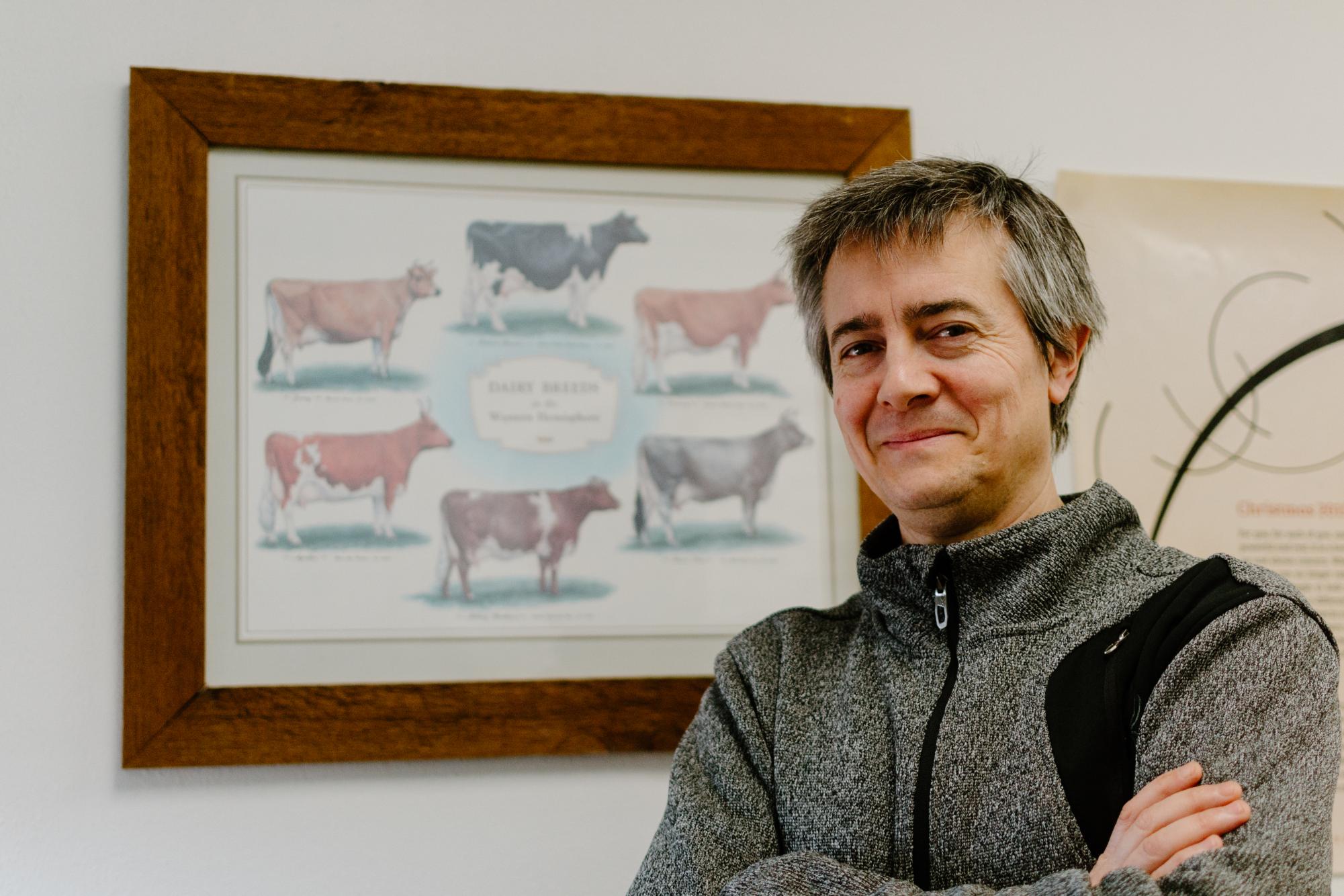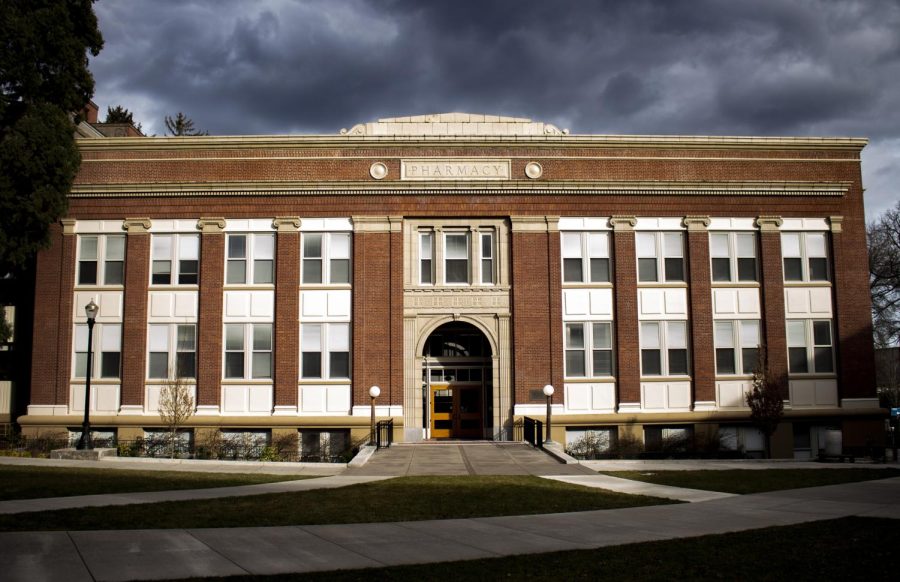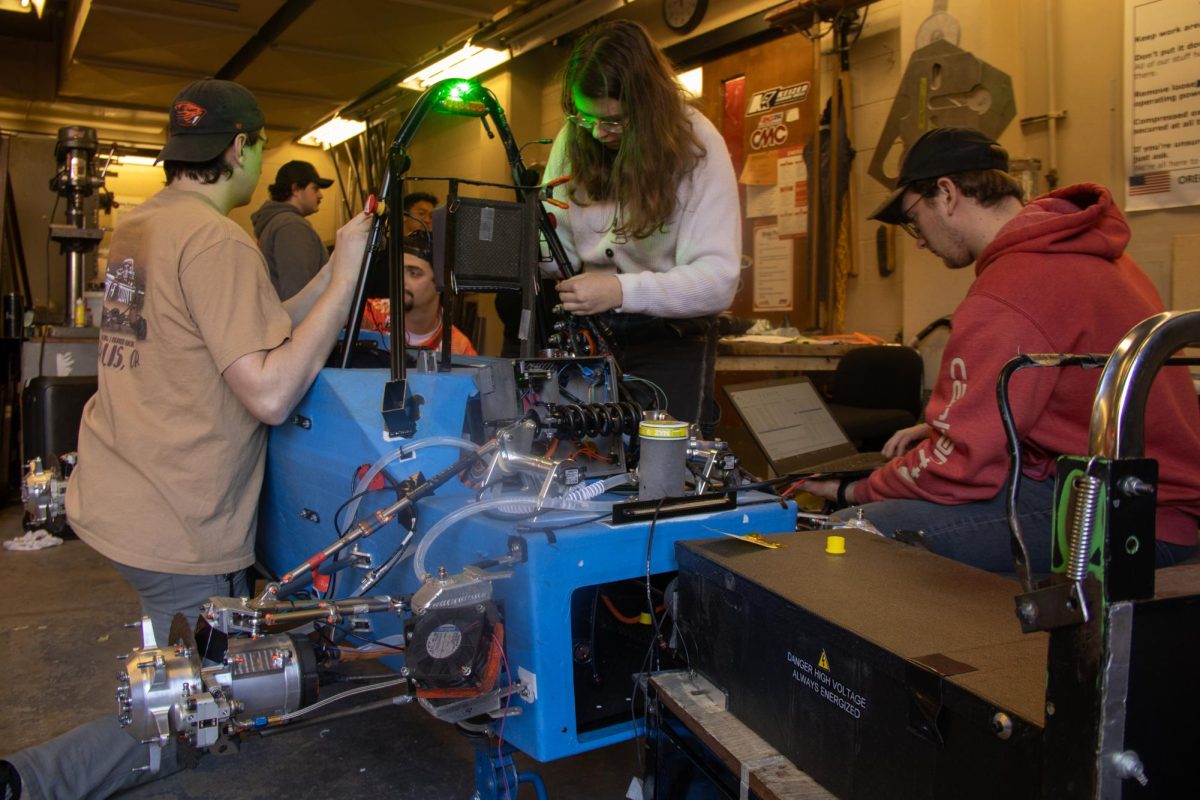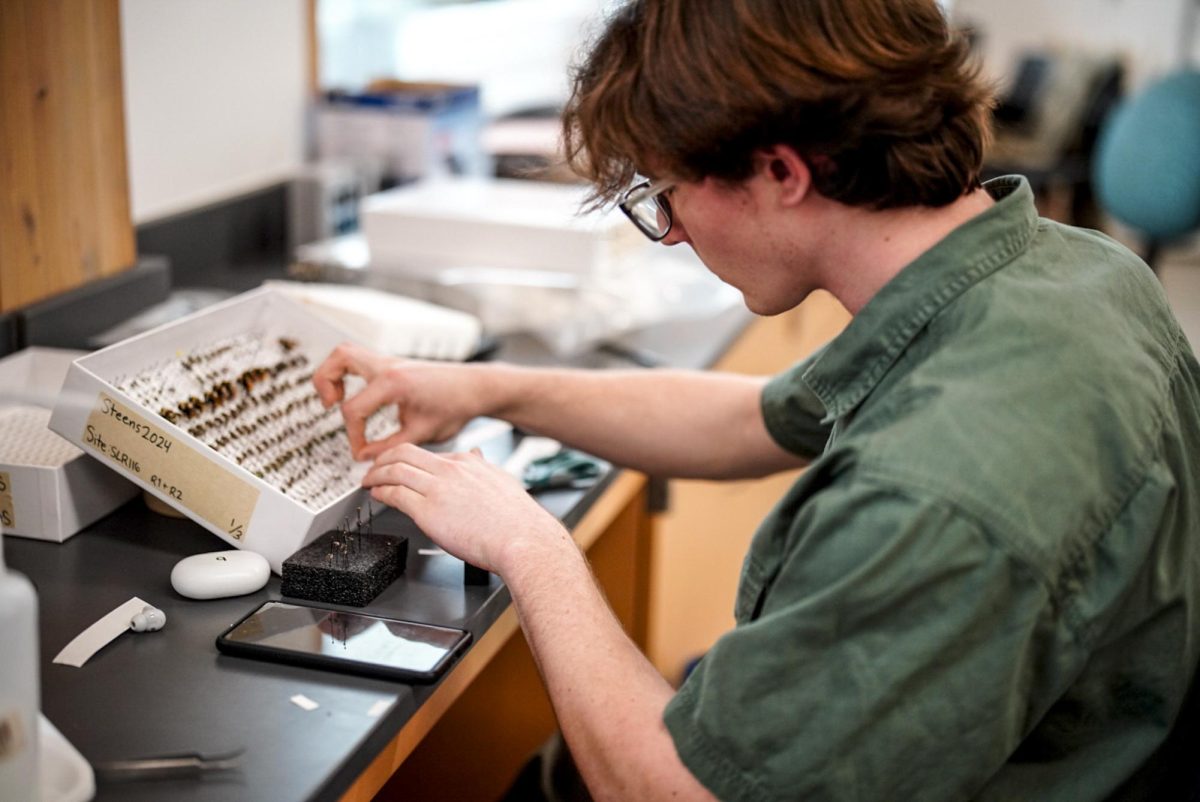Oregon State University is home to the largest comprehensive hemp research center in the nation, and researchers have decided it is time to let the cows in on the action.
Professor Massimo Bionaz, doctoral student Agung Irawan and other researchers are studying the effects of spent hemp biomass on cattle in hopes of developing more sustainable and economically efficient feed.
When Bionaz, a professor in OSU’s College of Agricultural Science, received the nutritional analysis of hemp from the then National Cattlemen’s Beef Association’s president, he thought hemp was “a phenomenal foliage.” Combined with his knowledge that the dairy and livestock industries are always looking for alternative feed, he was ready to begin researching.
Support from the Oregon Beef Council and the Oregon Dairy Farmers demonstrated that the local farming community was on board with the development of this research. The research has also received support from Oregon’s two senators, Ron Wyden and Jeff Merkeley, according to a press release from Wyden’s office.
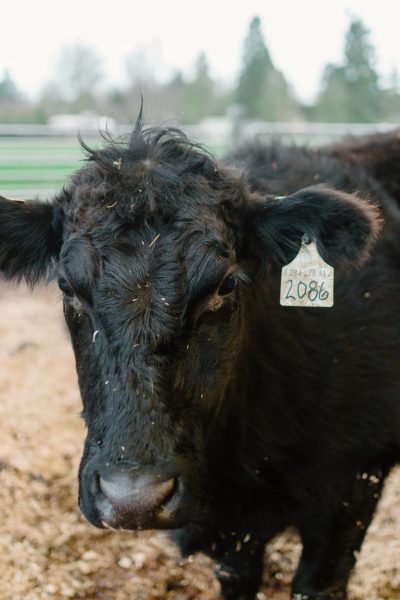
Local farmers are currently using alfalfa as the primary feed for dairy cows which contributes to at least half of farm production costs.
“By reducing the feed costs using this (hemp) biomass, farmers will receive really high benefits,” Irawan said.
Since the legalization of industrial hemp in 2018, the question of how to use the waste has been at the forefront of many hemp producers’ minds. Once CBD oil, the main product produced from hemp, has been extracted from the stems and flowers, the plant becomes waste, according to Irawan.
Irawan said that the leftovers from the extraction have a very good nutrition profile for the animals, both because the protein content is very high and because it contains fatty acids such as Omega 3 and Omega 6 that are good for livestock.
So far, there has been no evidence that hemp feed harms the cows. In actuality, once the hemp was withdrawn from the diet of a lactating cow, they continued producing milk longer than those on the traditional diet, Bionaz said.
The only current problem for the cows is that they do not like the taste of it, Bionaz said, but when mixed with traditional foods they would eat it.
Under current United States Food and Drug Administration regulations, no traces of cannabinoids are permitted in foods meant to be consumed by humans.
“They know that at a certain level, (cannabinoids) probably won’t be harmful, but they don’t want it to go in the food chain and for you to eat it without knowing,” Bionaz said.
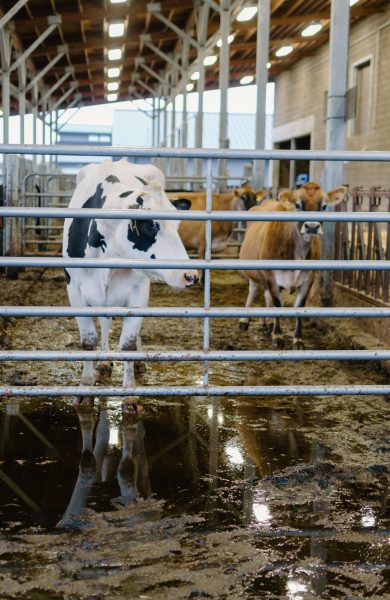
According to Irawan, the United States has zero tolerance for THC in food due to the very recent legalization of industrial hemp in the U.S. Australia, New Zealand and European countries have maximum limits for the amount of cannabinoids found in food.
“Spent hemp biomass would be very difficult to be approved for producing animals like lactating cows, finisher steers or anything that is close to producing food for humans,” Bionaz said.
Bionaz added it may be possible for regulators to approve feeding hemp to non-producing animals, like horses, or labeling of produced products. There are, however, concerns with labeling bringing a negative connotation to industrial hemp and CBD.
“For now there is no way to have this biomass in the feed of livestock,” Irawan said. “(But) based on the things I can see right now, and for the future, I believe that there will be technologies that are able to eliminate the cannabinoids and psychoactive compounds from the biomass so it would be safe as a feed.”
If the switch to hemp can be safely made, there will be higher implications than just the benefit of farmers.
“Hemp can be grown everywhere. It is a very unique plant. It can be grown under very minimal water. It is very easy to maintain (and) it is very easy to grow,” Irawan said.
Research has been conducted on broiler chickens, lambs and both dairy and beef cattle. If the approval, funding and animal resources remain available, Bionaz and his researchers hope to continue their research.
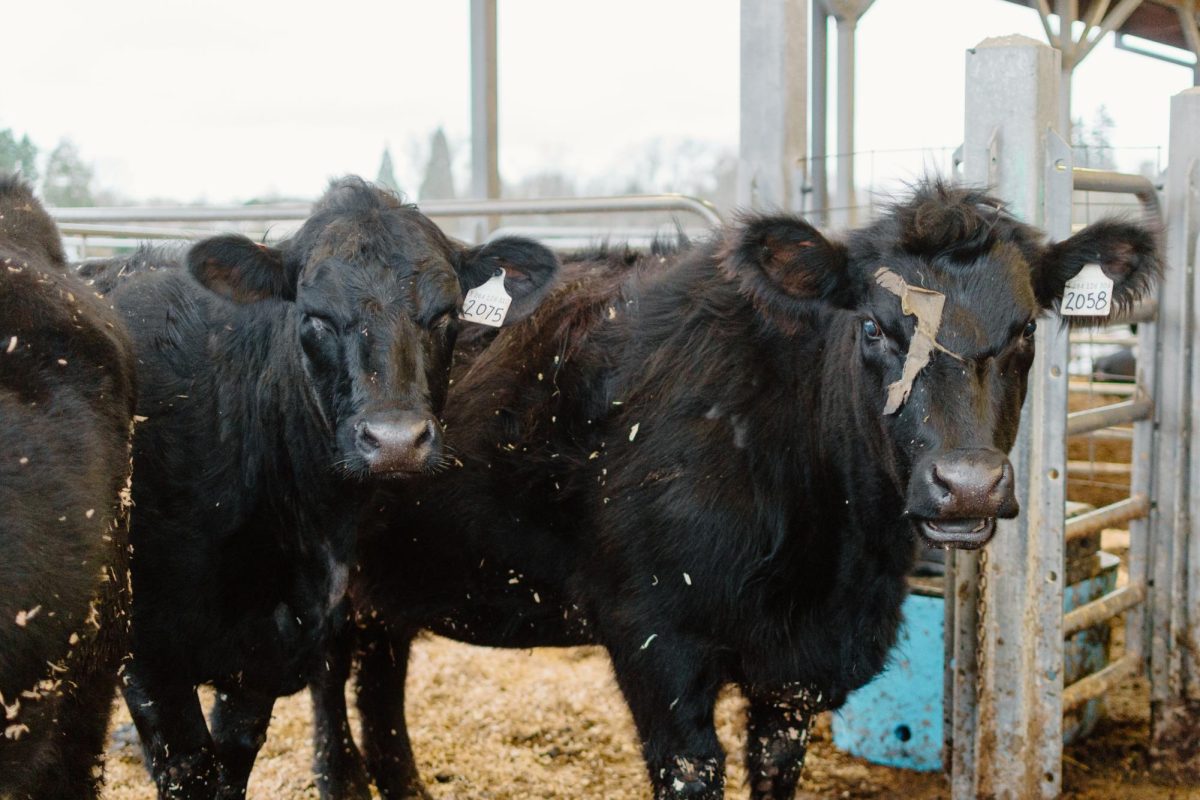







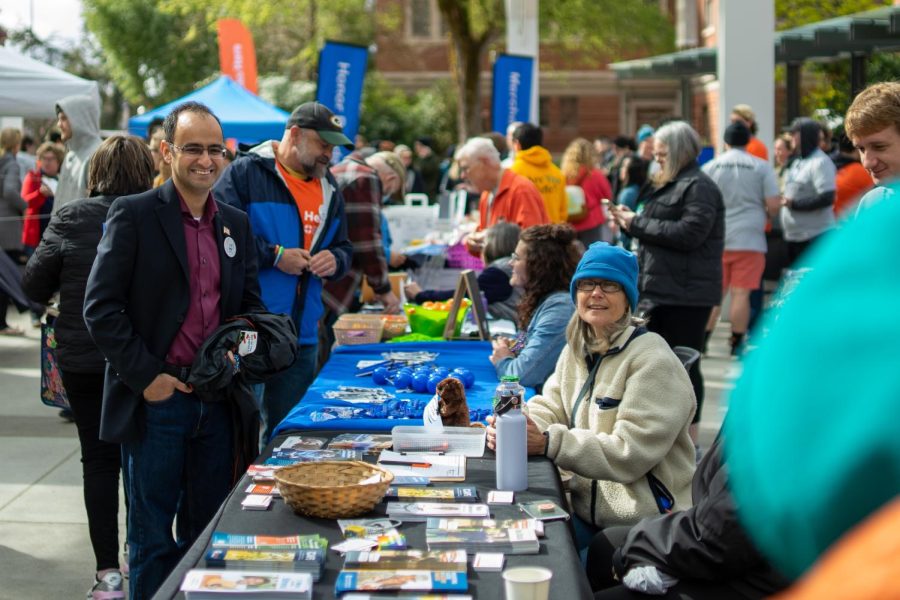
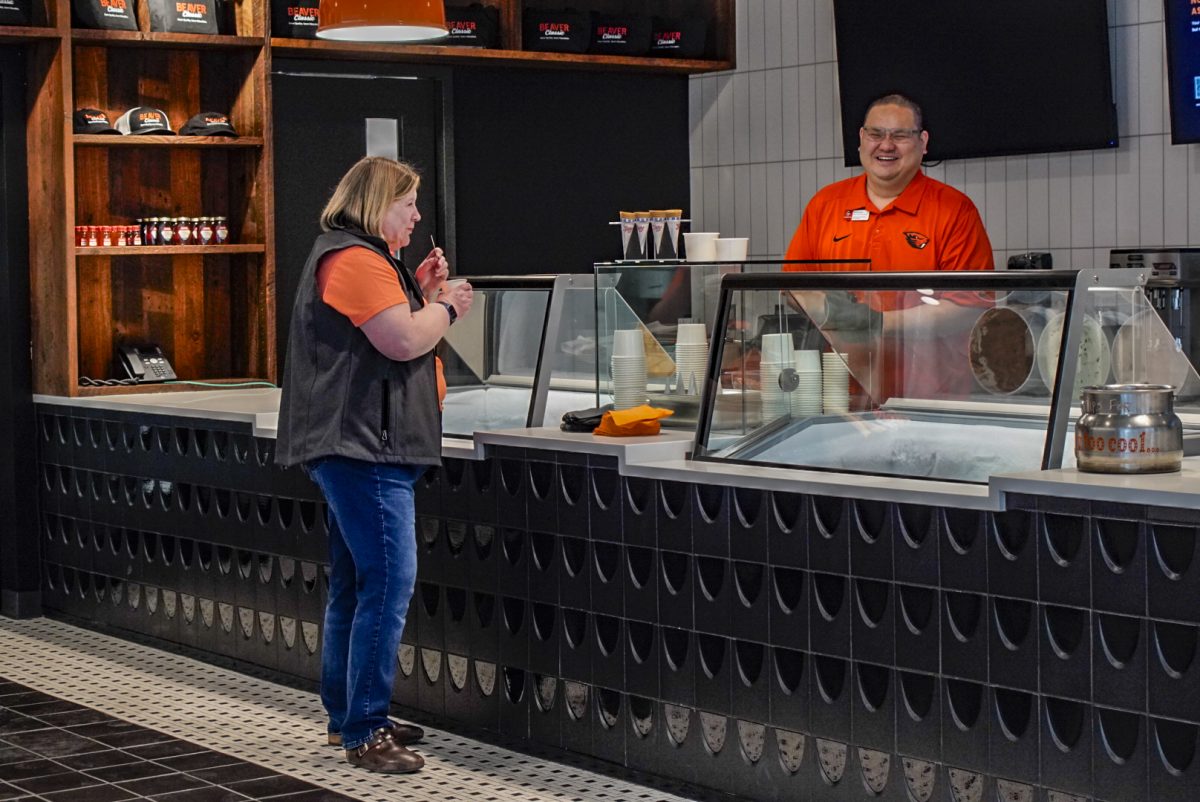
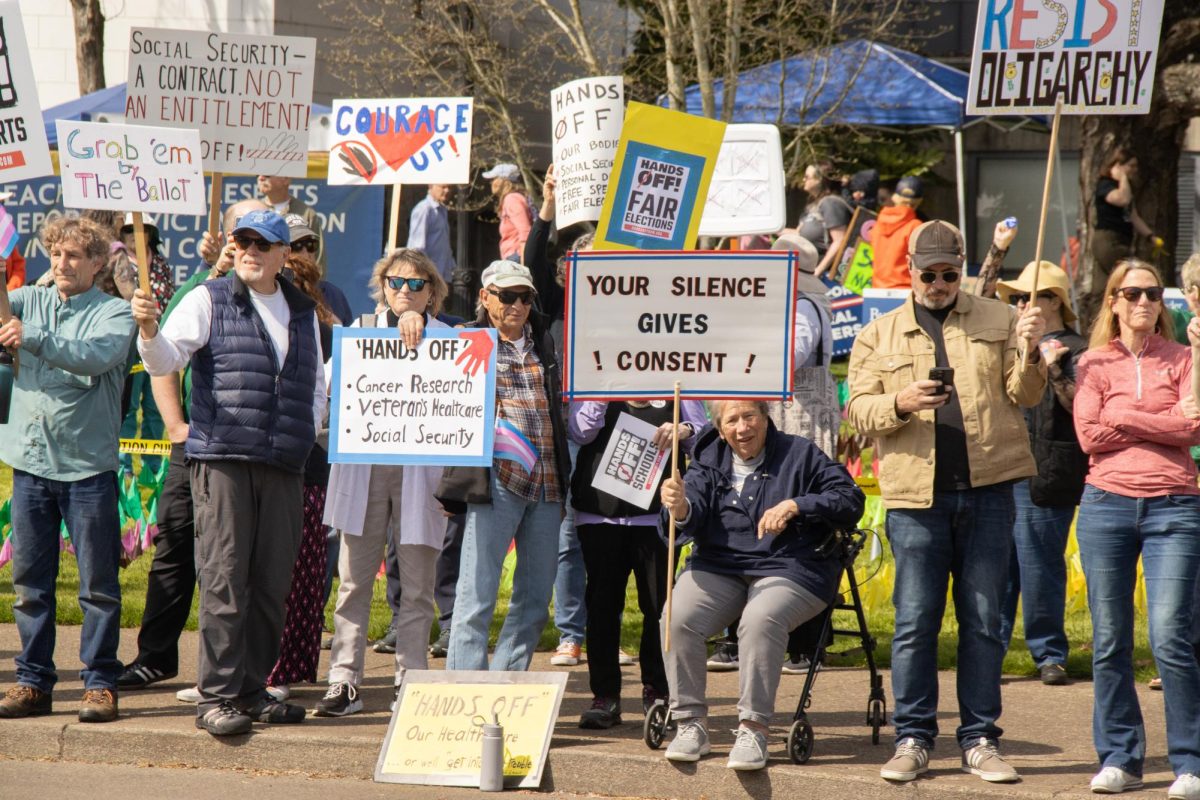








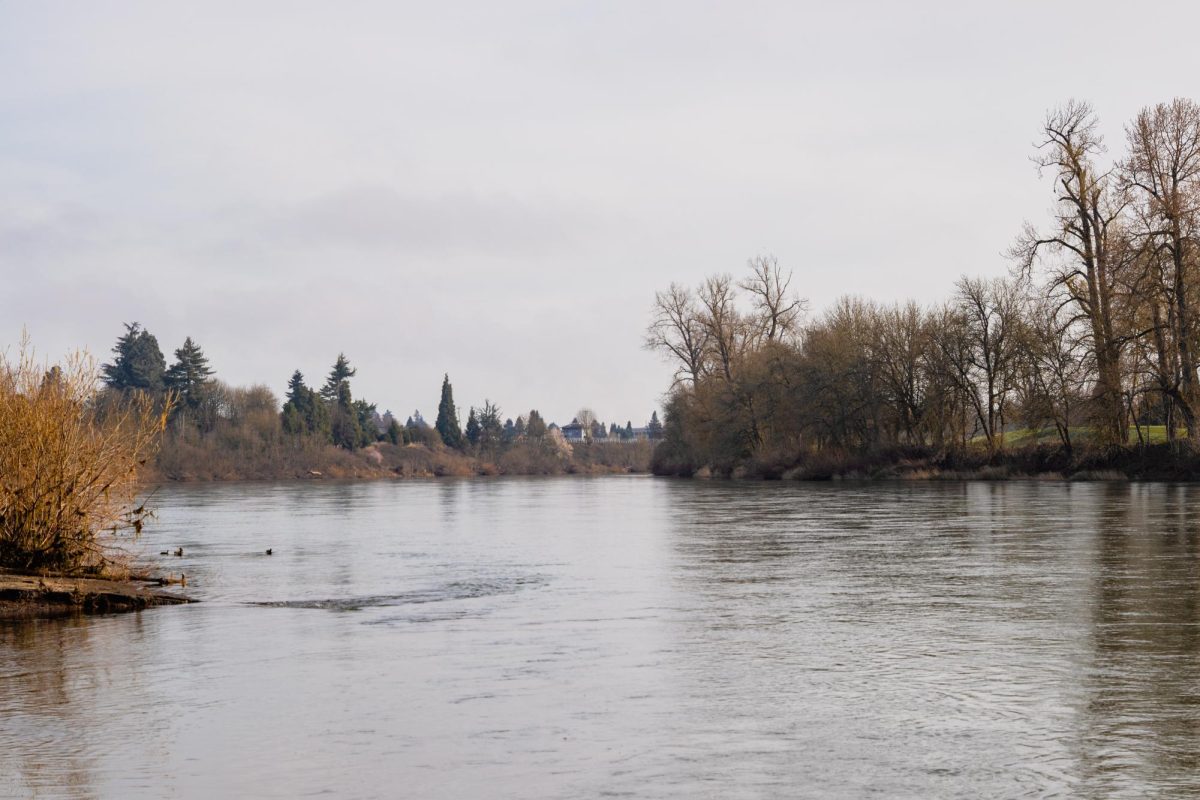

































































![Newspaper clipping from February 25, 1970 in the Daily Barometer showing an article written by Bob Allen, past Barometer Editor. This article was written to spotlight both the student body’s lack of participation with student government at the time in conjunction with their class representatives response. [It’s important to note ASOSU was not structured identically to today’s standards, likely having a president on behalf of each class work together as one entity as opposed to one president representing all classes.]](https://dailybaro.orangemedianetwork.com/wp-content/uploads/2025/03/Screenshot-2025-03-12-1.00.42-PM-e1741811160853.png)























